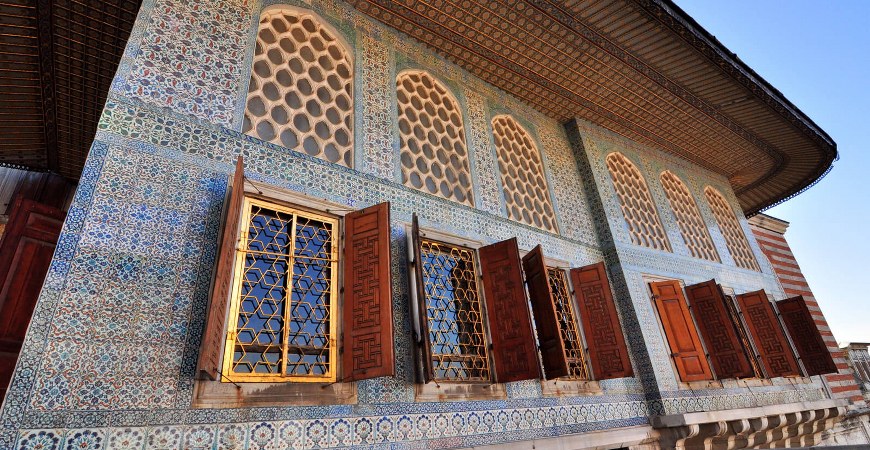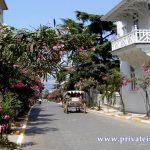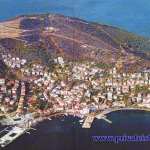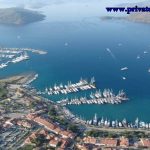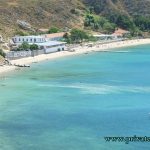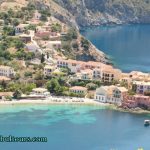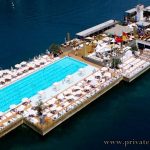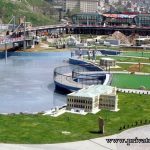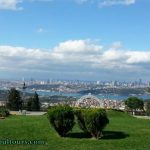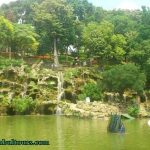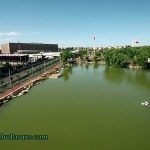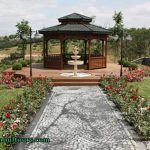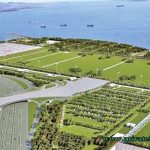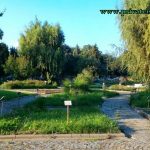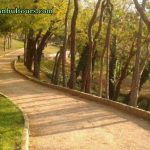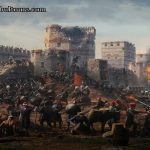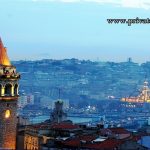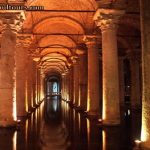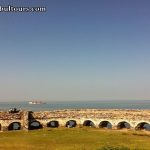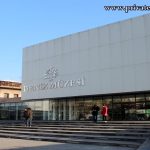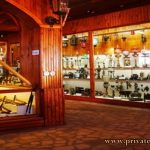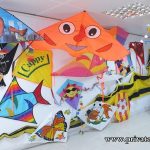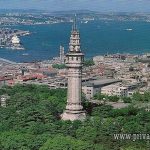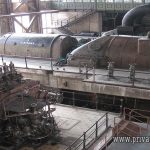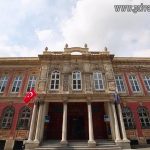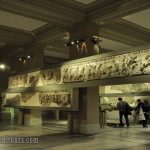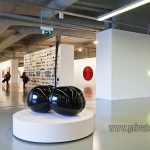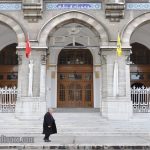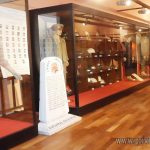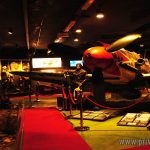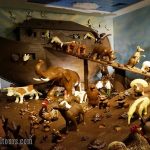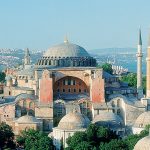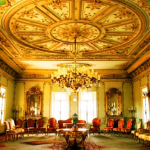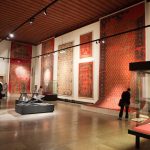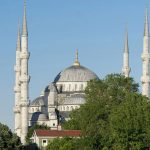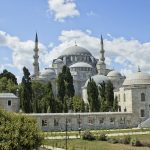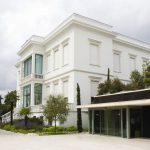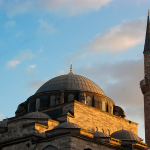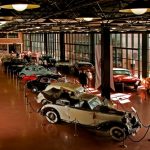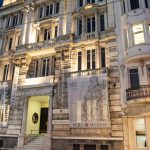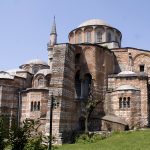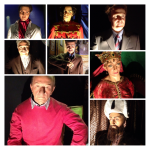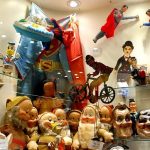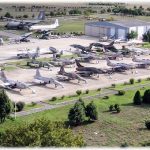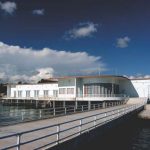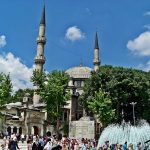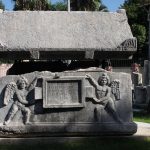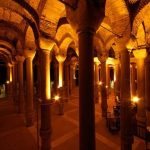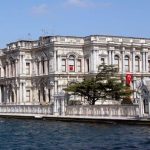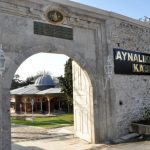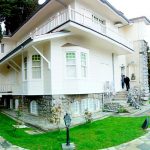Topkapi Palace Museum Sultanahmet,
Has Room (Hika’i Saadet Apartment):
This section is to the northwest of the Third Courtyard. Known as the Has Room it was built by Sultan ‘Mehmet the Conqueror. It consists of two corridors, one with a pool and one with columns, a terrace, and three rooms. From the time of Fatih to ‘Mahmud II, it was used for official purposes but then used to house the Holy Relics. Because the cloak of the Prophet Mohammad is here it is called the Hirka-i Saadet (Holy Cloak) Apartment. The section also contains the bow of the Prophet Mohammad, the words of the first four caliphs, a letter written on gazelle skin which Mohammad sent to the Egyptian rulers in 627, his footprint, his sword, his cloak, his tooth, and other holy relics. The Hirka-i Saadet apartment leads into the Circumcision (Sunset) Room.
The Circumcision Room:
This room was built by Sultan Ibrahim (1640- 1648). By the door is a tiled panel which is a valuable example of seventeenth-century Turkish tiling.
Revan House:
This house was built in 1635 by Murad IV in memory of his journey to Revan. The tiles which decorate the walls and stove and the decorations on the domed ceiling are among the most beautiful examples of seventeenth-century Turkish art.
Baghdad House:
This house was built in 1638 by Murad IV in memory of his journey to Baghdad. The ceiling decorations, wall tiles, the ivory and mother of pearl inlaid door, window and cupboards are of extraordinary beauty.
New House (Mecidiye House):
The Third Courtyard leads into the Fourth Courtyard called the Sofa, where the Sofia Mosque and the Robing Room, and further on Mecidiye House which was built by Sultan Abdulmecid. The basement floor of Mecidiye House is at present used as a restaurant.
Ahmed III Library:
This is situated in the center of the Third Courtyard. It was built in 1718 by Sultan Ahmed Ill and is called the Enderun Library. It contains the manuscripts of Topkapi Palace.
You will continue to find more details about Istanbul Topkapi Palace Museum on Istanbul Topkapi Palace Museum – Chapter 6.

